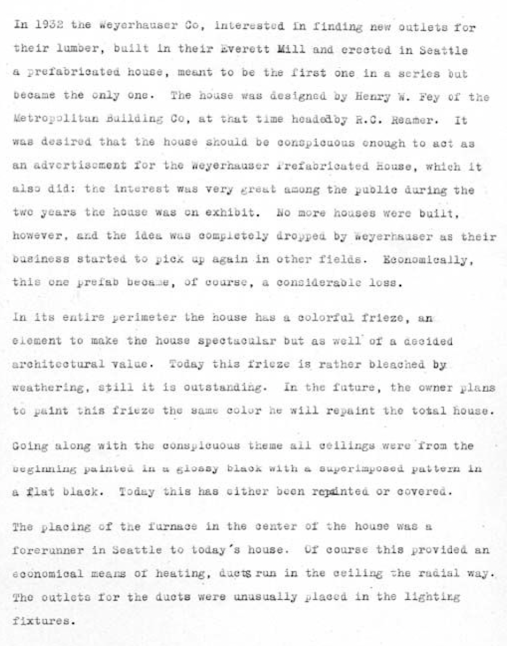Saturday, May 20, 2023
Clues on the Walls of Veblen House
More Vignettes from the Whiton-Stuarts' Days in Prescott, AZ
I decided to google J.P.W. Stewart, and got some interesting results. One was a page from a newspaper called the Weekly Journal-Miner, dated Feb. 12, 1913 This dates back to the Whiton-Stuarts' time in Prescott, AZ, when their two kids were young and Jesse left his real estate business in Manhattan to spend his days on a horse, herding cattle in Arizona.
I love newspapers, which used to cause problems back when I'd save them, to read another day. Now that they are digital, the love can be unfettered by matters of storage.
The page's politics section also includes mention of George Babbitt, who was likely one of the ancestors of former presidential candidate and environmentalist Bruce Babbitt.
Monday, May 15, 2023
Arrows Point to Veblen History
Herrontown Woods has long been home to arrowwood Viburnums--a native shrub--but on Mothers Day we added an "arrow tree," with arrows pointing to some of the significant places associated with the Veblens' lives and legacy. The arrows were beautifully crafted by Girl Scout Troop 71837, and our caretaker Andrew Thornton scavenged the tree post from among the many rot-resistant trunks of red cedars that still linger in the surrounding woods, long since shaded out by larger trees.
Perhaps some explanation of the arrows' varied destinations is in order.Old Fine Hall was the original mathematics building at Princeton University, now called Jones Hall. Oswald Veblen is said to have designed the building, down to the stained glass mathematical equations in the windows.
Valdres is the valley in Norway from which Oswald's grandparents immigrated to the U.S.. Oswald's father wrote a book about that valley and the Norwegians who came from there.
Einstein's house is included because Einstein would come to Herrontown Woods to visit the Veblens. Einstein would not have moved to Princeton without the work and presence of Veblen, who did so much to help European scholars escape Nazi oppression and come to the U.S.
The yellow arrow facing away from the photo says "Iowa City," where Oswald grew up. His father was a professor of physics at the University of Iowa.
The Institute for Advanced Study is included because it was originally going to be located in Newark. Oswald reached out and successfully made the case that it should be located in Princeton, where it could benefit from synergy with the university. Oswald was the IAS's first faculty member, quickly followed by Einstein. Oswald was instrumental in choosing subsequent faculty members, such as John von Neumann. During its first three years, the Institute was located in Old Fine Hall, along with the Princeton University mathematics department.
The next two arrows point towards Veblen Cottage and Veblen House, which the Veblens acquired in 1936 and 1941, respectfully, and later donated for public use. The buildings have long sat empty (disrespectfully), but the Friends of Herrontown Woods is working to renovate them so that they can finally be utilized as the Veblens originally conceived.
The last arrow points towards York, England, where Elizabeth Veblen grew up. She moved to Princeton to help her brother Owen, who had a visiting position in the Princeton University physics department. Owen later was awarded a Nobel Prize for his work. Elizabeth was an avid gardener, and her central role in Princeton social circles is mentioned in the book, A Beautiful Mind.
Thanks to Danielle Rollmann and her girlscout troop for creating these most enjoyable and informative arrows!













